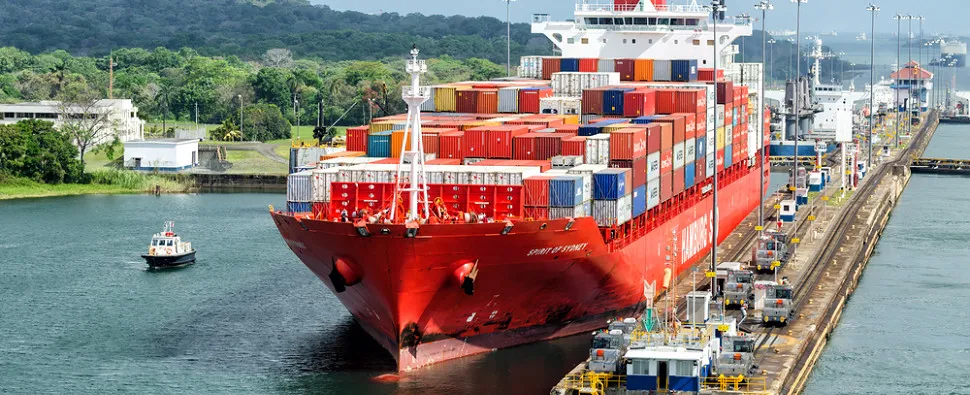The Panama Canal is one of the most important routes for global trade, connecting the Atlantic and Pacific Oceans. The recent expansion of the Canal has made it possible for much larger ships to pass through, which is changing the way goods are shipped around the world.

What’s New with the Panama Canal?
The Panama Canal’s expansion introduced new, larger locks that allow for New Panamax ships to pass through. These ships are bigger and can carry more cargo than the older vessels. This change is already having a big impact on global shipping and logistics.
1. More Cargo, Lower Costs
The larger ships can carry up to 14,000 containers, which means fewer ships are needed to transport goods. This results in lower shipping costs and greater efficiency.
For logistics companies:
Lower transportation costs can lead to better pricing and improved efficiency, helping businesses save money and deliver goods faster.
2. Faster Routes for Global Trade
The expansion provides a faster, more direct route for ships traveling between Asia and the U.S. East Coast. By cutting out the need to go around the southern tip of South America, companies can save time and fuel.
For logistics companies:
This faster route can improve delivery times and reduce the environmental impact of longer journeys.
3. East Coast Ports See Growth
U.S. East Coast ports are upgrading their infrastructure to handle the larger ships coming through the Panama Canal. Ports like New York, Savannah, and Charleston are now better equipped for bigger vessels, making them more competitive with West Coast ports.
For logistics companies:
More port options mean logistics providers can choose the most efficient route, depending on their destination, reducing congestion and improving overall shipping times.
4. Increased Competition in Shipping
With the Canal expansion, shipping lines are investing in bigger, more efficient ships to take advantage of the new capacity. This has led to more competition and lower freight rates.
For logistics companies:
With increased competition, businesses need to stay competitive by offering better prices, faster deliveries, and innovative logistics solutions.
5. Environmental Impact
Larger ships are more fuel-efficient, which could reduce emissions per unit of cargo. However, the rise in larger vessels also brings new environmental challenges, such as higher fuel consumption and emissions.
For logistics companies:
While the bigger ships can be more efficient, businesses will need to consider sustainability and work towards greener shipping practices to meet environmental goals.
Conclusion
The expansion of the Panama Canal is reshaping global trade by allowing larger ships to carry more cargo and use faster, more efficient routes. While it brings many opportunities for cost savings and improved efficiency, it also presents new challenges, like increased competition and the need for sustainable practices.
For logistics companies, staying up-to-date with these changes and adapting to new shipping routes and technologies is key to maintaining a competitive edge in the global market.